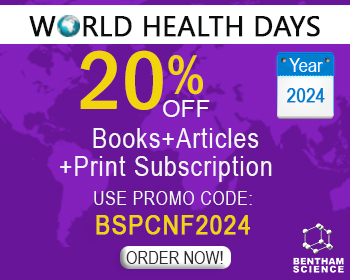Abstract
Chemical intolerance (CI) is a term used to describe a condition in which the sufferer experiences a complex array of recurrent unspecific symptoms attributed to low-level chemical exposure that most people regard as unproblematic. Severe CI constitutes the distinguishing feature of multiple chemical sensitivity (MCS). The symptoms reported by CI subjects are manifold, involving symptoms from multiple organs systems. In severe cases of CI, the condition can cause considerable life-style limitations with severe social, occupational and economic consequences. As no diagnostic tools for CI are available, the presence of the condition can only be established in accordance to criteria definitions. Numerous modes of action have been suggested to explain CI, with the most commonly discussed theories involving the immune system, central nervous system, olfactory and respiratory systems as well as altered metabolic capacity, behavioral conditioning and emotional regulation. However, in spite of more than 50 years of research, there is still a great deal of uncertainties regarding the event(s) and underlying mechanism( s) behind symptom elicitation. As a result, patients are often misdiagnosed or offered health care solutions with limited or no effect, and they experience being met with mistrust and doubt by health care professionals, the social care system and by friends and relatives. Evidence-based treatment options are currently unavailable, however, a person-centered care model based on a multidisciplinary treatment approach and individualized care plans have shown promising results. With this in mind, further research studies and health care solutions should be based on a multifactorial and interdisciplinary approach
Keywords: Chemical intolerance, coping, management strategies, multiple chemical sensitivity, pathophysiology, review, risk factors, sensitization.








